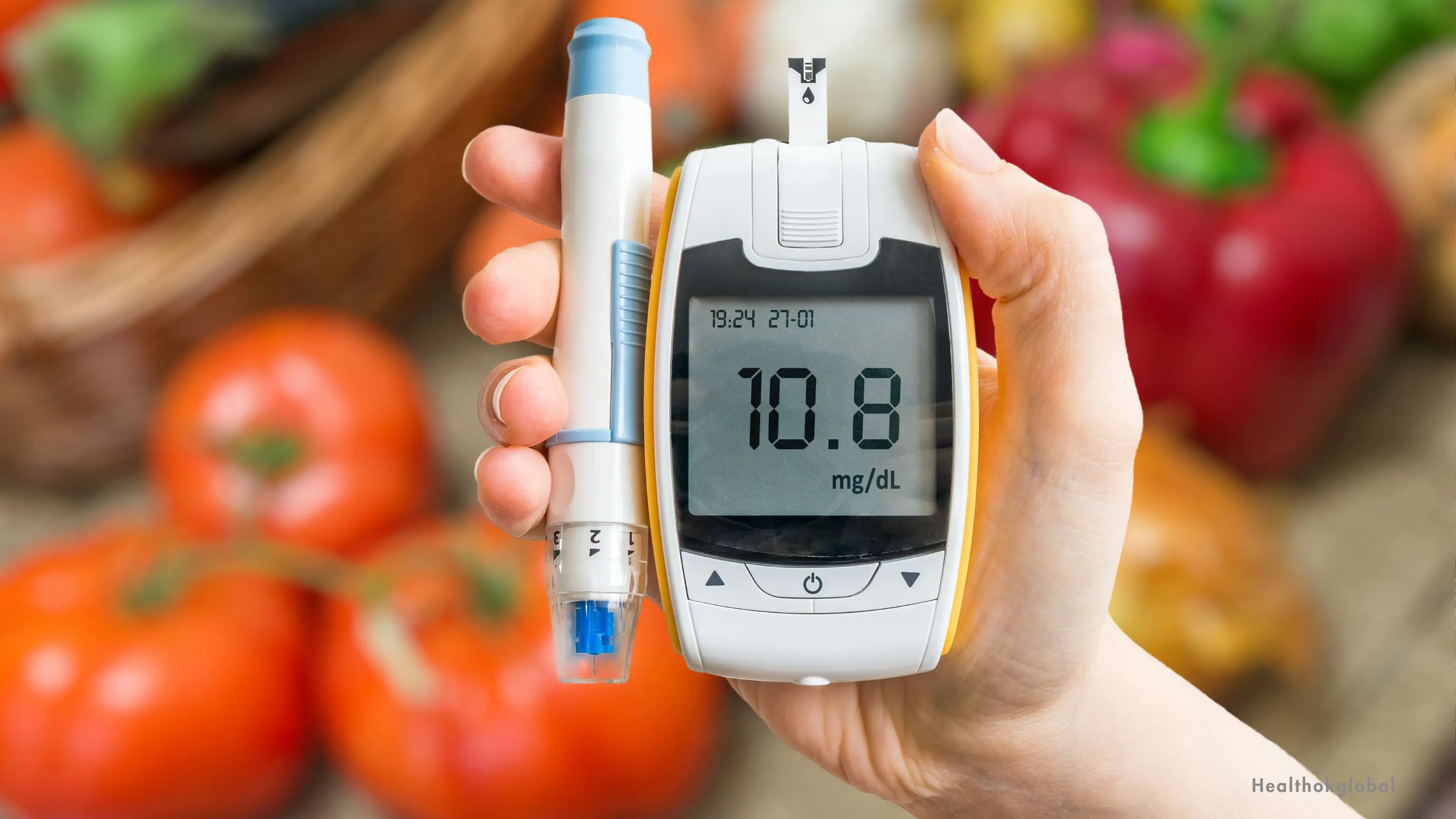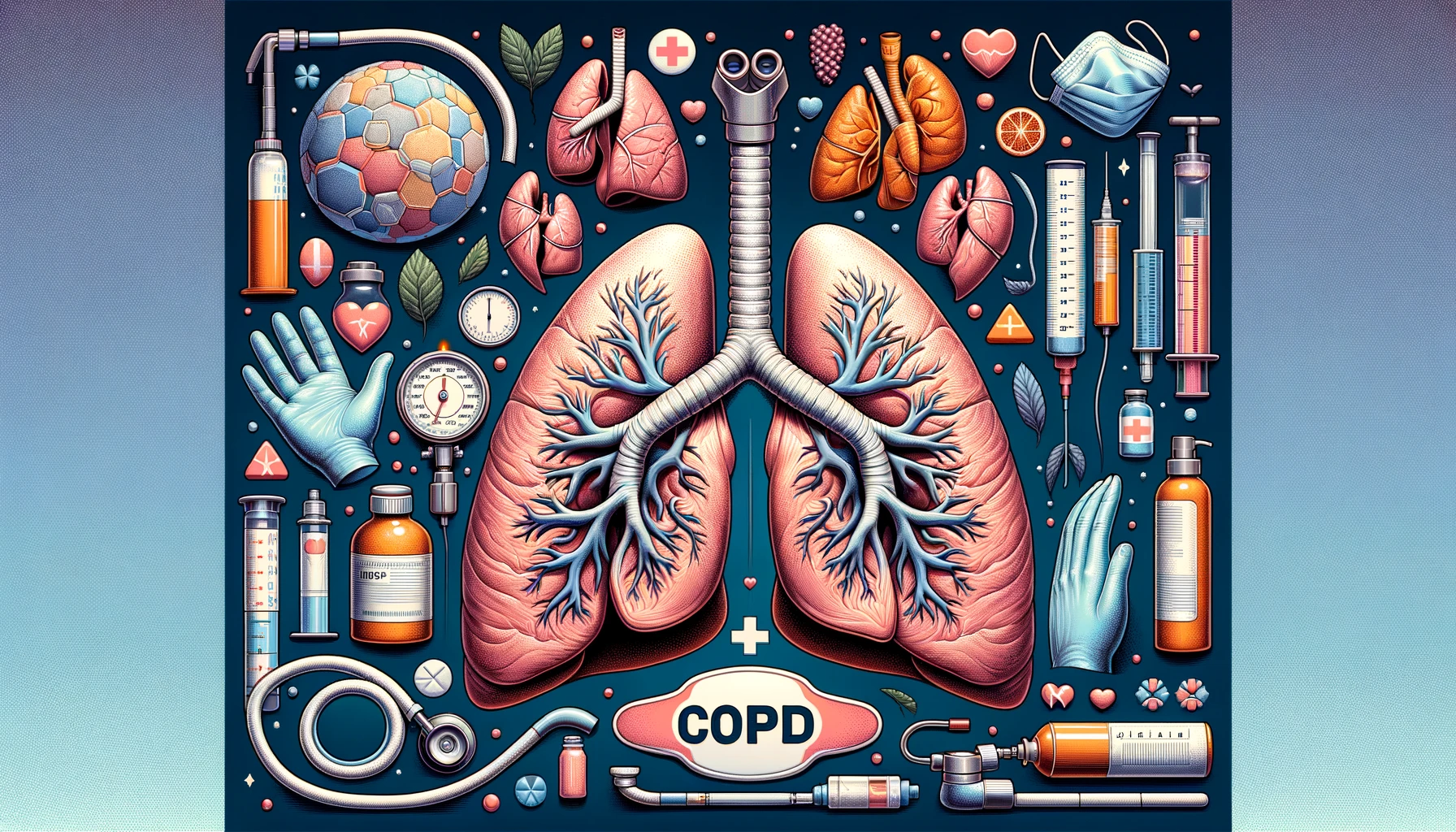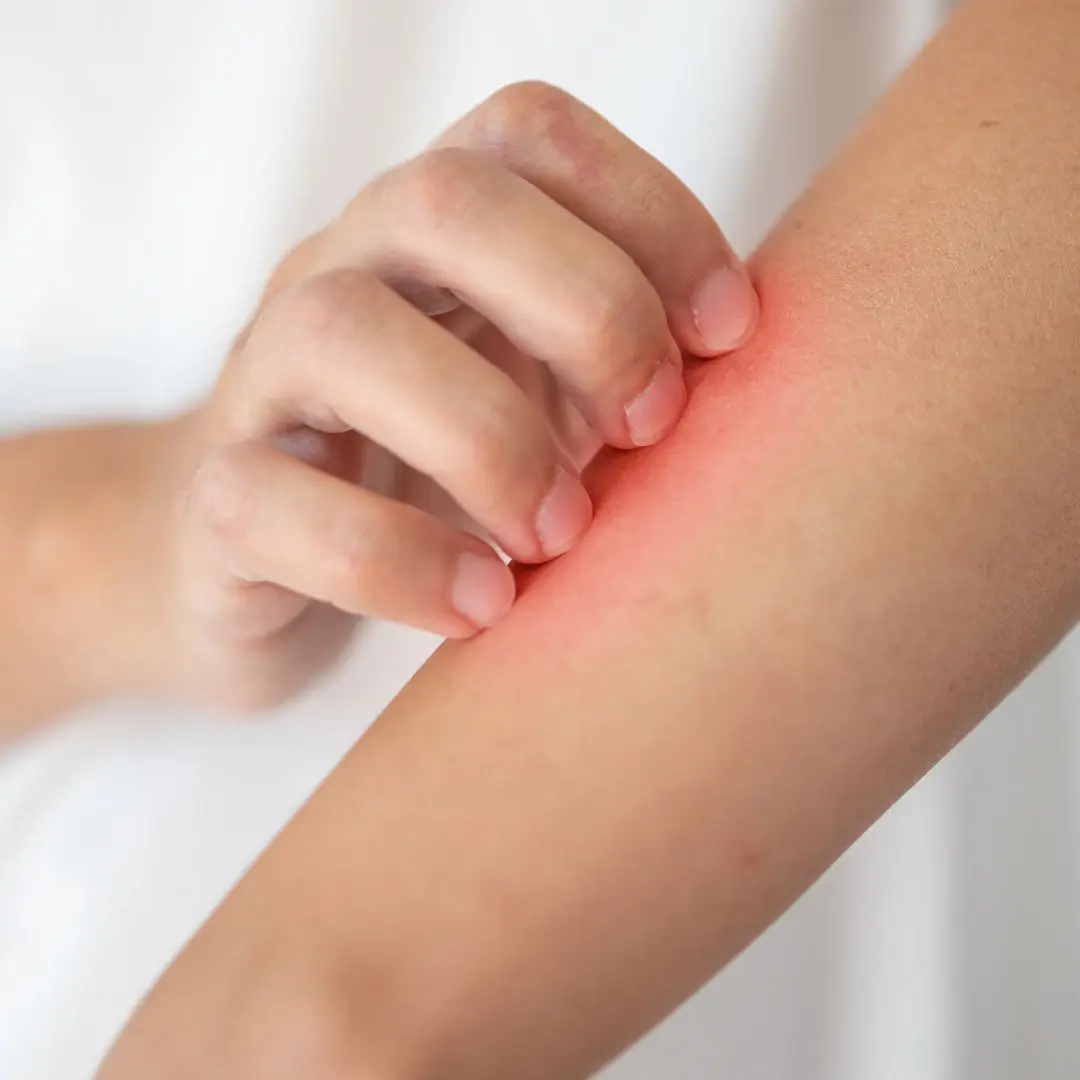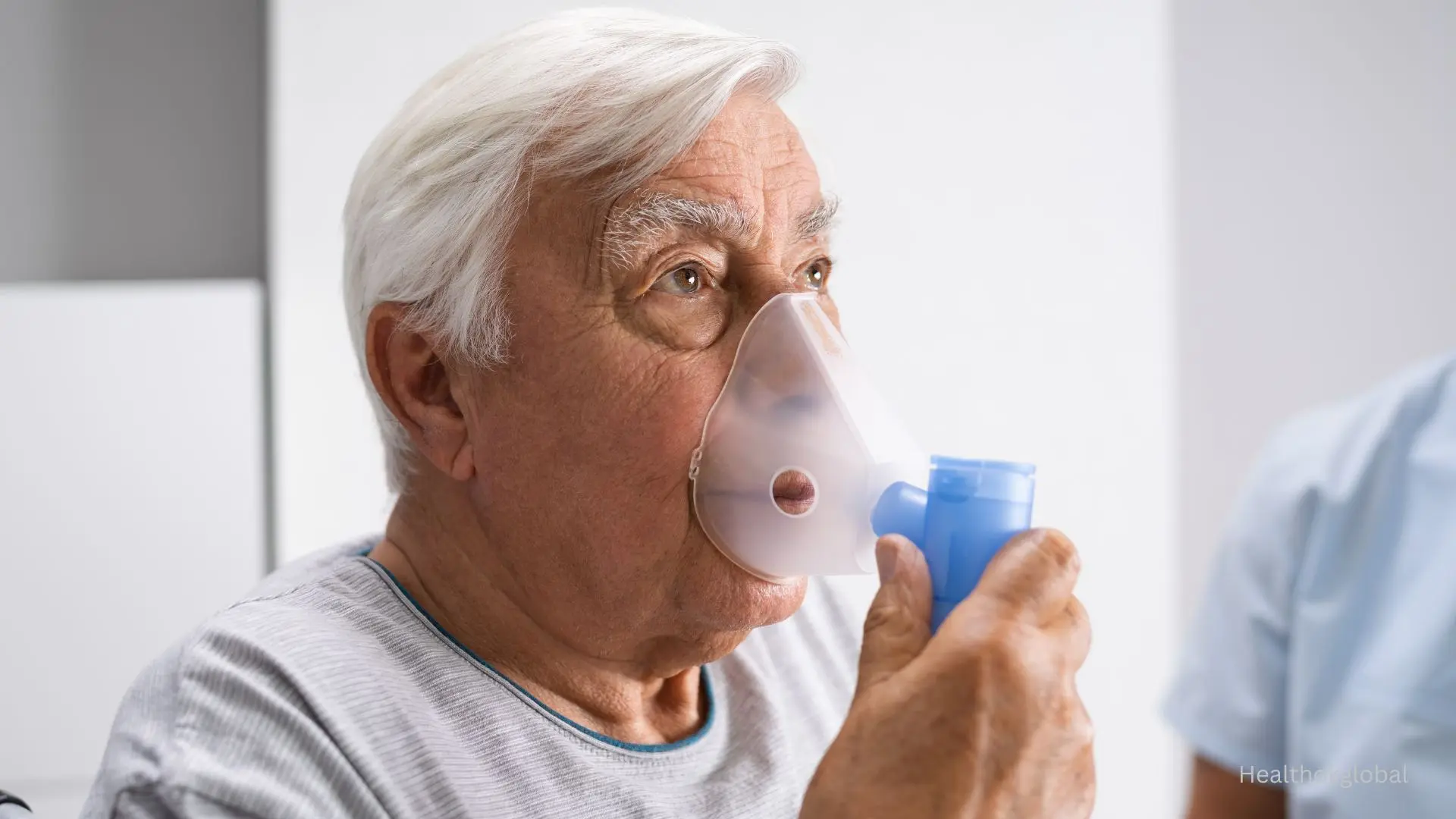Chronic obstructive pulmonary disease (COPD) is a progressive lung disease characterized by airflow limitation and persistent respiratory symptoms.
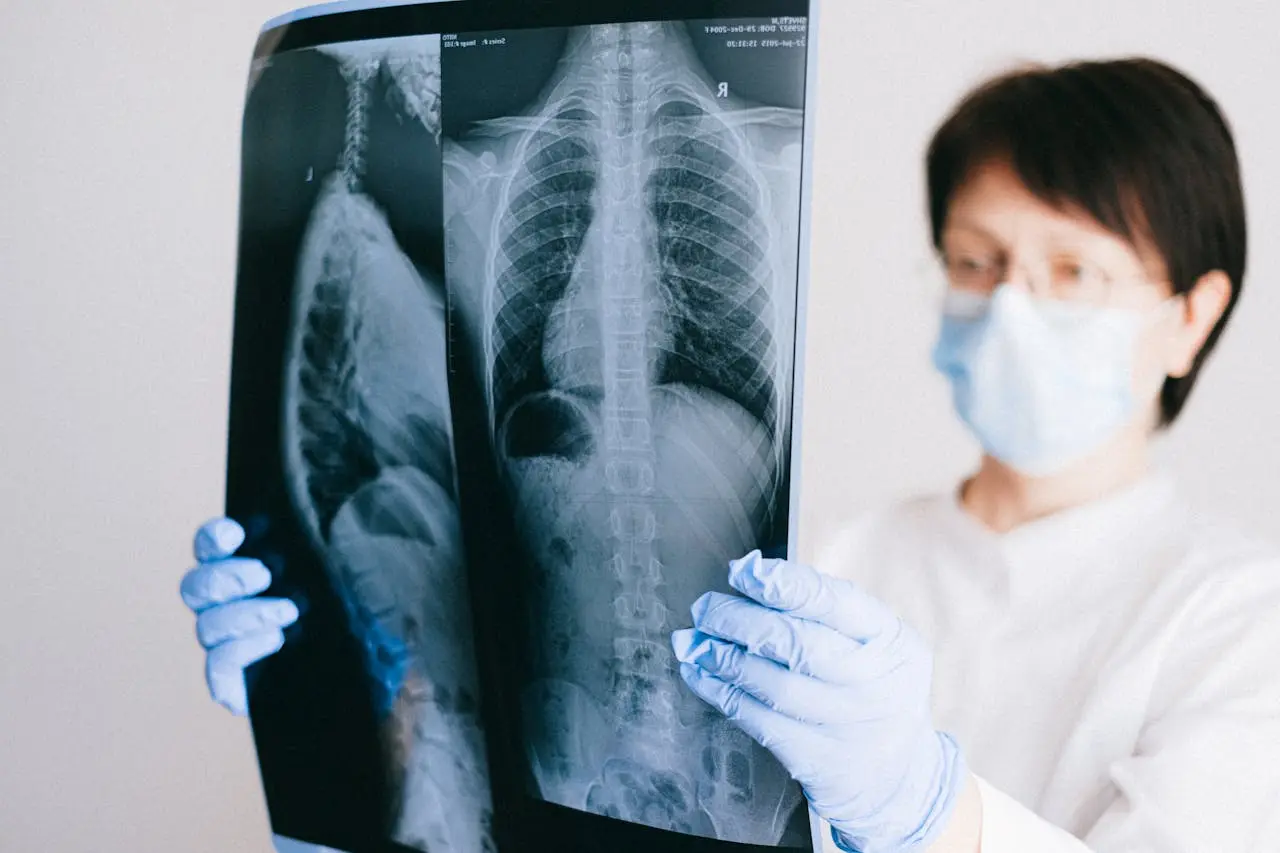
Blog
COPD Pathophysiology: Unraveling the Complexities
Chronic obstructive pulmonary disease (COPD) is a progressive lung disease characterized by airflow limitation and persistent respiratory symptoms. Understanding the pathophysiology of COPD is crucial for effective management and treatment.
COPD mainly develops as a result of long-term exposure to irritants like cigarette smoke, air pollution, and occupational dust and chemicals. The inhalation of these irritants leads to inflammation and damage to the airways and lung tissue. Genetic factors, such as alpha-1 antitrypsin deficiency, can also predispose individuals to COPD.
Inflammation plays a central role in the pathophysiology of COPD. Exposure to irritants triggers an immune response in the lungs, leading to chronic inflammation. This persistent inflammation damages the airway walls and lung tissue, resulting in the characteristic airflow limitation seen in COPD.
Chronic inflammation in COPD contributes to structural changes in the airways, known as airway remodeling. These changes include thickening of the airway walls, increased mucus production, and narrowing of the air passages. As a result, airflow becomes obstructed, making it difficult for individuals with COPD to breathe.
Emphysema, a type of COPD, is characterized by the destruction of the alveoli, the tiny air sacs in the lungs where oxygen exchange occurs. Prolonged exposure to irritants leads to the breakdown of the alveolar walls, reducing the surface area available for gas exchange. This results in impaired oxygen uptake and carbon dioxide removal.
Oxidative stress, caused by an imbalance between antioxidants and reactive oxygen species, contributes to lung damage in COPD. Exposure to cigarette smoke and other pollutants generates free radicals, which can damage DNA, proteins, and lipids in the lungs. This oxidative damage further exacerbates inflammation and tissue destruction.
In advanced stages of COPD, individuals may develop pulmonary hypertension, a condition characterized by high blood pressure in the arteries of the lungs. Chronic hypoxia (low oxygen levels) due to impaired lung function leads to constriction of the pulmonary arteries and remodeling of the pulmonary vasculature. Pulmonary hypertension can further strain the heart and worsen symptoms of COPD.
COPD presents a range of symptoms, including cough, shortness of breath, wheezing, and chest tightness. These symptoms often worsen over time and can significantly impact the quality of life. Disease progression is variable among individuals with COPD, with some experiencing rapid decline while others have a more stable course.
Management of COPD aims to relieve symptoms, improve lung function, and reduce exacerbations. Treatment strategies may include bronchodilators to relax the airway muscles, corticosteroids to reduce inflammation, supplemental oxygen therapy, pulmonary rehabilitation, and smoking cessation interventions. In severe cases, lung transplantation may be considered. Understanding the underlying pathophysiology of COPD is essential for guiding treatment decisions and improving outcomes for individuals living with this chronic condition. By targeting inflammation, airway remodeling, and oxidative stress, healthcare providers can better manage COPD and enhance patients' quality of life.
COPD mainly develops as a result of long-term exposure to irritants like cigarette smoke, air pollution, and occupational dust and chemicals. The inhalation of these irritants leads to inflammation and damage to the airways and lung tissue. Genetic factors, such as alpha-1 antitrypsin deficiency, can also predispose individuals to COPD.
Inflammation plays a central role in the pathophysiology of COPD. Exposure to irritants triggers an immune response in the lungs, leading to chronic inflammation. This persistent inflammation damages the airway walls and lung tissue, resulting in the characteristic airflow limitation seen in COPD.
COPD presents a range of symptoms, including cough, shortness of breath, wheezing, and chest tightness. These symptoms often worsen over time and can significantly impact the quality of life. Disease progression is variable among individuals with COPD, with some experiencing rapid decline while others have a more stable course.
Need Personalized Health Guidance?
Get expert advice tailored to your specific health needs from our qualified healthcare professionals.
